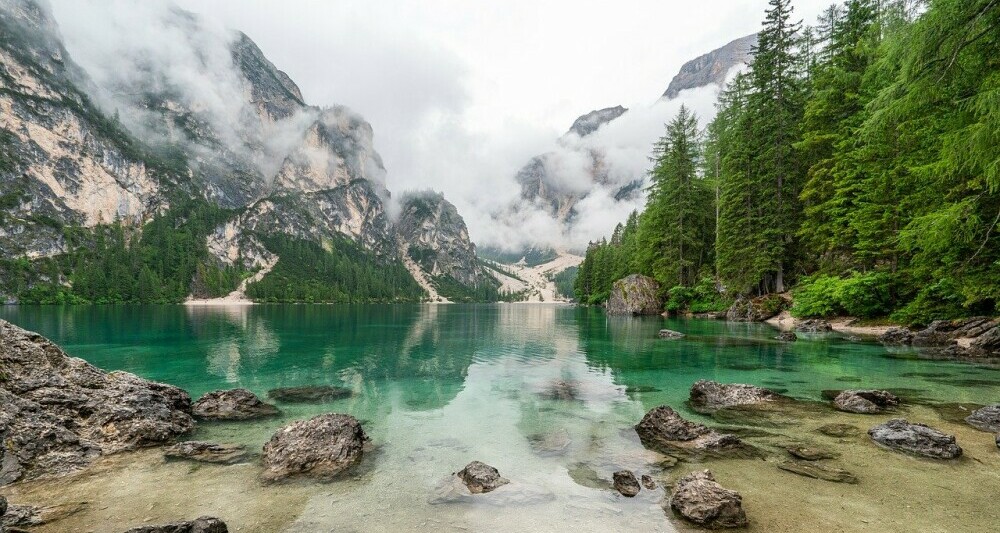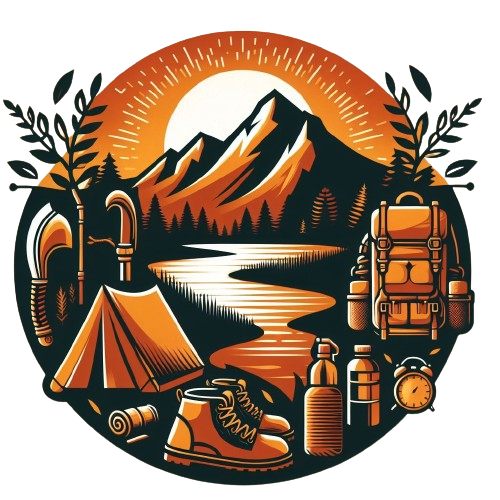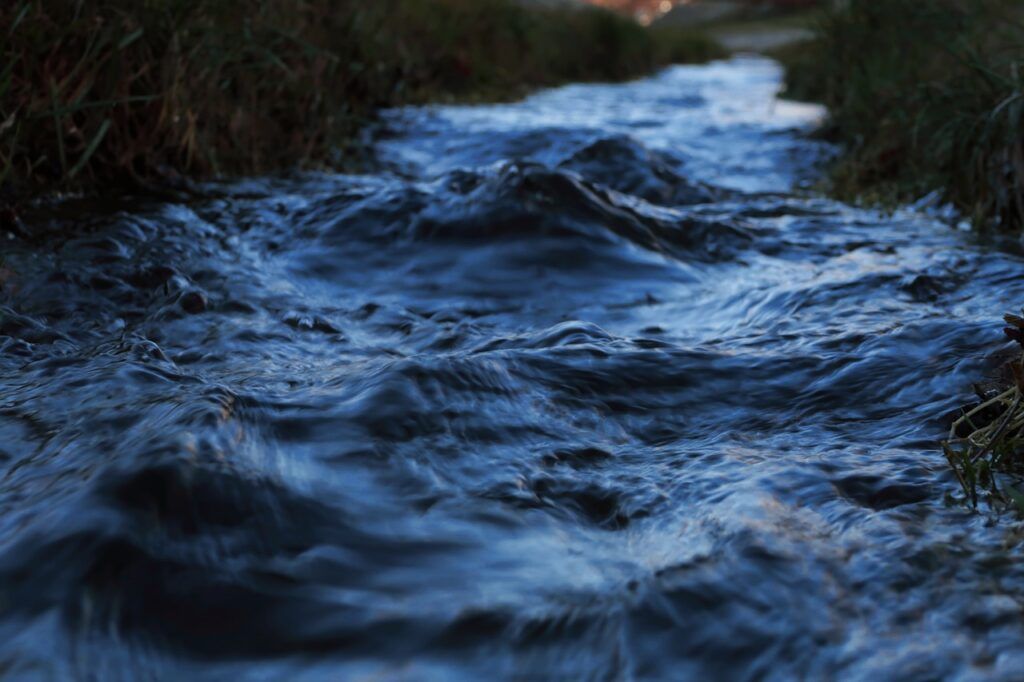Water is essential for survival, especially when embarking on outdoor adventures like hiking. The human body can only survive a few days without water, making it crucial to ensure a safe and reliable source of hydration during outdoor activities. While natural water sources such as rivers, streams, and lakes may seem pristine, they can harbor harmful bacteria, parasites, and other contaminants that can cause illness if consumed untreated. Therefore, understanding the importance of safe drinking water and implementing effective purification techniques is paramount for hikers to stay healthy and hydrated on the trail.
Common Contaminants Found in Natural Water Sources

Natural water sources, while often picturesque and inviting, can harbor a variety of contaminants that pose risks to human health. Understanding these potential hazards is essential for hikers to make informed decisions about water purification methods. Here are some of the most common contaminants found in natural water sources:
Bacteria: Bacteria are microorganisms that can cause gastrointestinal illnesses such as diarrhea, cramps, and nausea when ingested. Common bacteria found in natural water sources include Escherichia coli (E. coli), Salmonella, and Campylobacter. These bacteria typically enter water sources through fecal contamination from humans, livestock, or wildlife.
Protozoa: Protozoa are single-celled organisms that can cause diseases such as giardiasis and cryptosporidiosis. Giardia lamblia and Cryptosporidium parvum are two protozoan parasites commonly found in untreated water sources. Ingesting water contaminated with these parasites can lead to severe gastrointestinal symptoms and prolonged illness.
Viruses: Viruses are infectious agents that can cause illnesses ranging from mild respiratory infections to more severe gastrointestinal diseases. Common waterborne viruses include norovirus, rotavirus, and hepatitis A virus. Viruses can enter water sources through human and animal waste, posing a risk to hikers who consume untreated water.
Parasites: Parasites such as Giardia and Cryptosporidium are microscopic organisms that can cause gastrointestinal illnesses in humans. These parasites are resistant to traditional water treatment methods and can survive for extended periods in water sources. Ingesting water contaminated with parasites can result in symptoms such as diarrhea, abdominal pain, and dehydration.
Chemical Pollutants: In addition to biological contaminants, natural water sources may also contain chemical pollutants from agricultural runoff, industrial discharge, and urban development. These chemical pollutants can include pesticides, heavy metals, and organic compounds, which can pose long-term health risks to individuals who consume contaminated water. While chemical pollutants may not always cause immediate illness, chronic exposure can have detrimental effects on human health.
Understanding the potential contaminants present in natural water sources is the first step in implementing effective water purification techniques while hiking. By recognizing the risks associated with untreated water, hikers can take proactive measures to ensure access to safe drinking water during their outdoor adventures.
Water Purification Techniques for Hiking
Boiling: Boiling water is one of the oldest and most reliable methods of water purification. Water boils at 100 degrees Celsius (212 degrees Fahrenheit) at sea level pressure. This means that bringing water to a rolling boil for at least one minute (or three minutes at higher altitudes) effectively kills harmful bacteria, viruses, and parasites present in the water. Boiling requires minimal equipment—a portable stove or campfire and a pot or container—and is suitable for treating small to moderate volumes of water. While boiling may not remove chemical pollutants or sediment from the water, it is a highly effective method for ensuring safe drinking water in the backcountry.
Chemical Treatment: Chemical water treatments, such as chlorine dioxide tablets or iodine, are popular among hikers for their portability and ease of use. These chemical agents work by killing bacteria, viruses, and protozoa in the water, making it safe for consumption. Chemical treatments are lightweight, compact, and require minimal setup, making them ideal for backpacking and hiking trips. However, it’s essential to follow the manufacturer’s instructions carefully and allow sufficient contact time for the chemicals to work. Additionally, some individuals may find the taste of chemically treated water unpleasant, necessitating the use of flavor-neutralizing tablets or filters.
Great option for water purification tablets: Aquatabs 397mg Water Purification Tablets
Filtration: Water filtration systems are another effective means of purifying water while hiking. Portable water filters come in various forms, including pump filters, gravity filters, and straw filters, and work by physically removing bacteria, protozoa, and sediment from the water. Filtration systems are convenient for providing safe drinking water on the go and can be paired with other purification methods for added protection. However, it’s essential to regularly clean and maintain filters to ensure optimal performance and prevent clogging. Filtration is particularly effective for removing sediment and particulate matter from water sources, improving water clarity and taste.
Here is some options for water filtration systems:
GRAYL Water Purifier & Filter Bottles
Katadyn Hiker Pro Transparent Water Filter
Waterdrop Gravity Water Filter Straw
LifeStraw Personal Water Filter for Hiking
UV Purification: Ultraviolet (UV) purification devices use UV light to deactivate the DNA of bacteria, viruses, and protozoa, rendering them unable to reproduce and cause illness. UV purification systems are lightweight, compact, and easy to use, making them ideal for hiking and backpacking. These devices typically consist of a handheld UV wand or pen that is submerged in water and activated to emit UV light. UV purification is effective against a wide range of waterborne pathogens and does not alter the taste or odor of the water. However, UV purification requires batteries or a power source to operate, which may not be practical for extended trips in remote areas. Additionally, UV light does not remove sediment or chemical contaminants from the water, so it’s best used in conjunction with other filtration methods for comprehensive purification.
Implementing a combination of these water purification techniques can provide hikers with reliable access to safe drinking water during their outdoor excursions. By choosing the appropriate purification method based on water quality, availability of resources, and personal preference, hikers can stay hydrated and healthy while exploring the great outdoors.
Best Practices for Water Purification and Hydration on the Trail
Plan Ahead: Before heading out on a hiking trip, research the area’s water sources and potential contaminants to determine the most suitable purification methods. Carry an adequate supply of purification equipment and backup methods to ensure access to safe drinking water throughout your journey.
Collect Water from Reliable Sources: When collecting water from natural sources, such as streams or lakes, choose clean, flowing water whenever possible. Avoid stagnant water, which is more likely to contain higher concentrations of contaminants.
Treat All Water: Regardless of how clean the water may appear, always treat it using one of the aforementioned purification techniques before consumption. It’s better to err on the side of caution and prevent waterborne illnesses than risk contamination.
Stay Hydrated: Maintaining proper hydration is crucial for hiking performance and overall well-being. Drink water regularly throughout your hike, even if you don’t feel thirsty, to prevent dehydration and ensure peak performance on the trail.
Dispose of Waste Properly: Practice Leave No Trace principles by properly disposing of wastewater and any purification byproducts. Minimize your impact on the environment to preserve the natural beauty of the wilderness for future generations.
In conclusion, ensuring access to safe drinking water is essential for a successful and enjoyable hiking experience. By understanding the importance of water purification and implementing effective techniques, hikers can stay hydrated and healthy while exploring the great outdoors. Whether boiling water over a campfire, using chemical treatments, or filtering water with a portable device, choosing the right purification method depends on factors such as water quality, availability of resources, and personal preference. By following best practices for water purification and hydration on the trail, hikers can quench their thirst for adventure while staying safe and healthy along the way.
Here’s a little transparency: Our website contains affiliate links. This means if you click and make a purchase, we may receive a small commission. Don’t worry, there’s no extra cost to you. It’s a simple way you can support our mission to bring you quality content.

